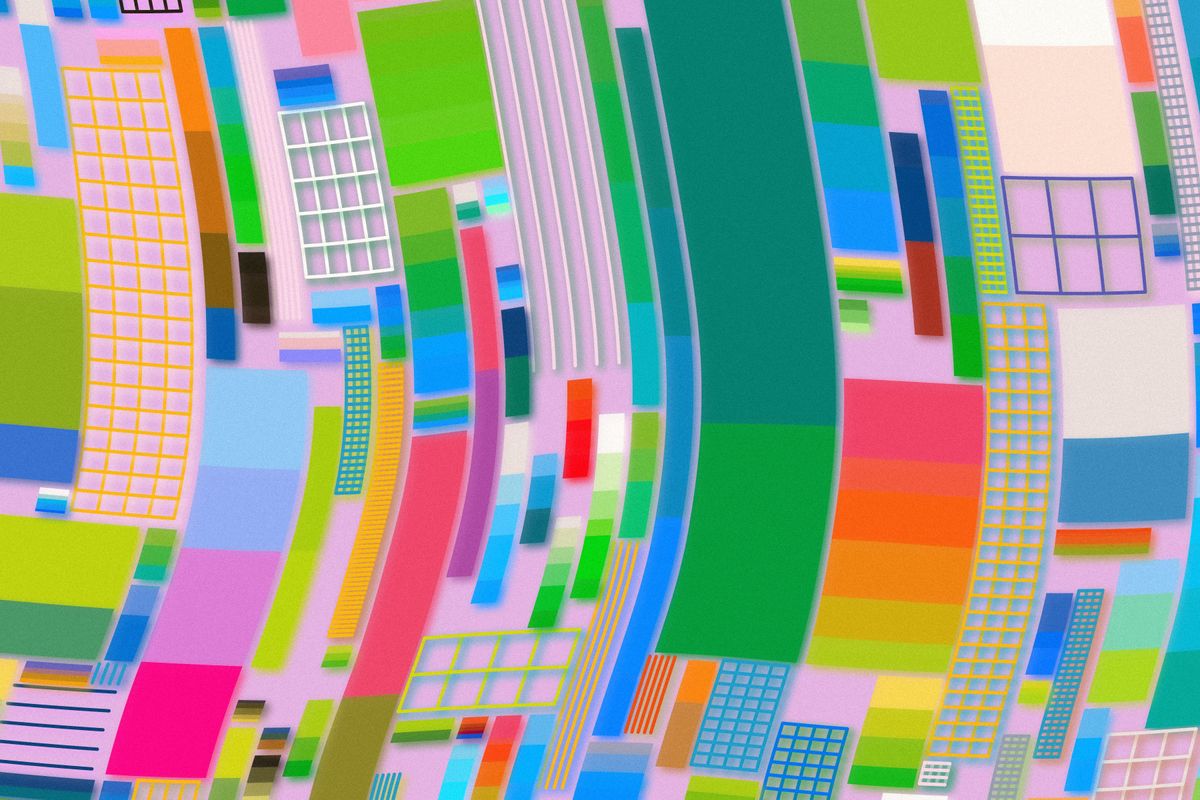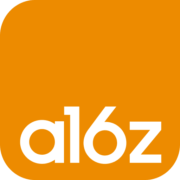Welcome back everyone 👋 and big thanks to all new subscribers - thanks for joining along for the ride!
This is the weekly Gorilla Newsletter - we have a look at everything noteworthy from the past week in generative art, creative coding, tech and AI. As well as a sprinkle of my own endeavors.
Enjoy - Gorilla Sun 🌸
All the Generative Things
Lots of stuff this week - let's get started!
Concrete to Generative
Let's kick things off with another stellar piece of content by Le Random - this time authored by Virginia Valenzuela. She recounts the story of south America's 1940s Art Concret movement, and how it sits at the root of early generative art in the late 1950s with pioneering artists like Eduardo Mac Entyre and Miguel Ángel Vidal:

I've always found it fascinating how art movements of the past found their beginnings:
Beginning in 1930s Argentina and Uruguay, artists were engrossed with the pursuit of a universal concept of beauty, one that rejected romance and metaphor. Instead, it relied on mathematical and scientific truths.
I believe that there's many lessons to be learned from the ideologies and guiding principles of past art movements, they're not completed chapters in history, but rather tangible approaches to making art from which we can still draw a cornucopia of ideas today. It also gives me confidence in my own art practice that is rarely emotionally inspired - exploring ideas lies at the foundation for me.
The Art Concret movement aims to reject romance and metaphor, Suprematism aims to reduce art to its fundamental elements, Cubism aims to deconstruct and reassemble into abstract geometric forms. All of these ideas are still viable today, and maybe more appreciated than they have ever been before.
If we've learned anything, art exists for itself, and it is perfectly fine to make art for the sake of art.
In other related news, they also shone spotlight Jared Tarbell this week in a nice thread, an important figure when it comes to generative art:
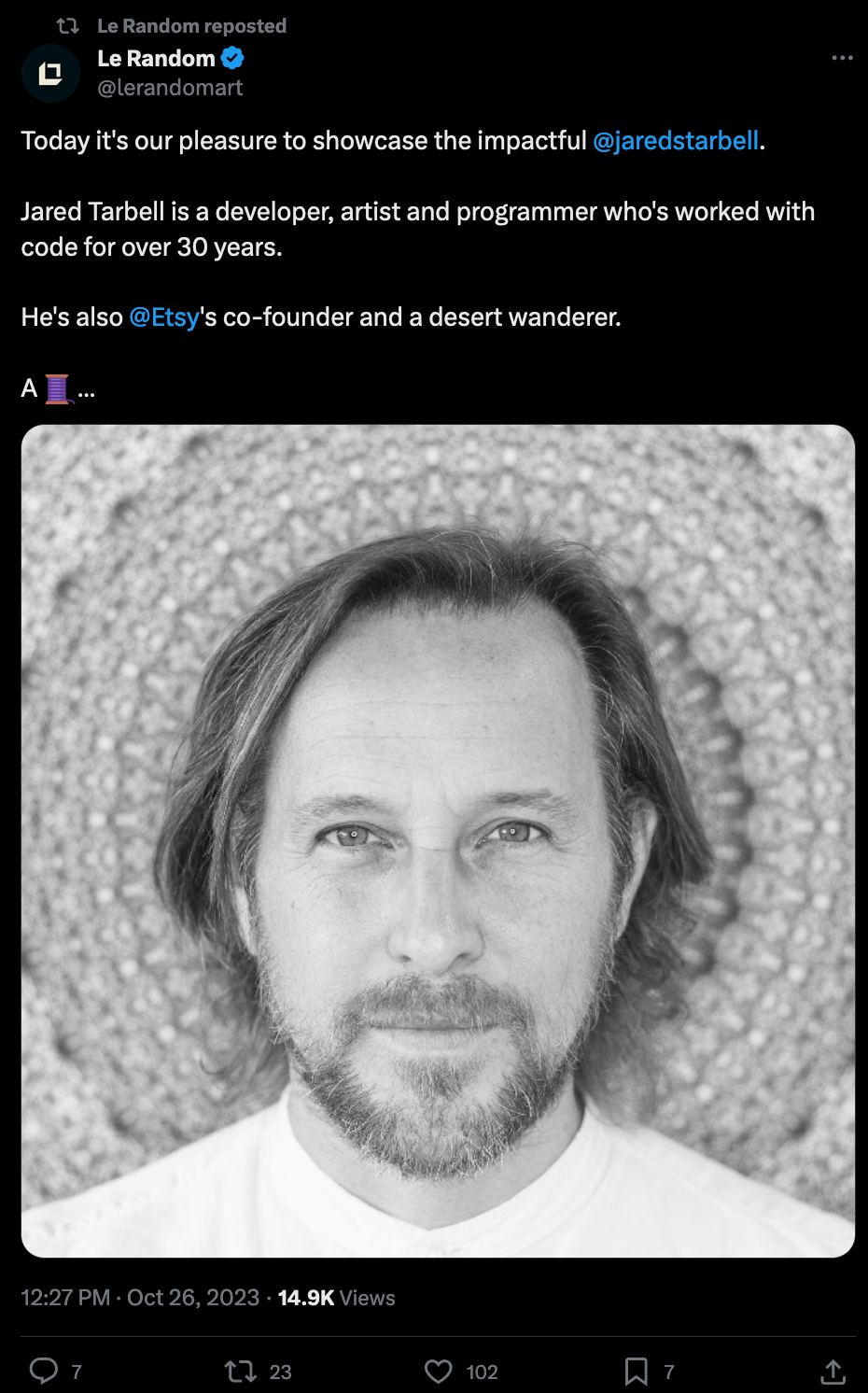
Support Le random and their mission.
Bright Moments Buenos Aires
And while we're already talking about the art scene in South America, a notable event that is currently taking place in that part of the world is Bright Moments Buenos Aires:
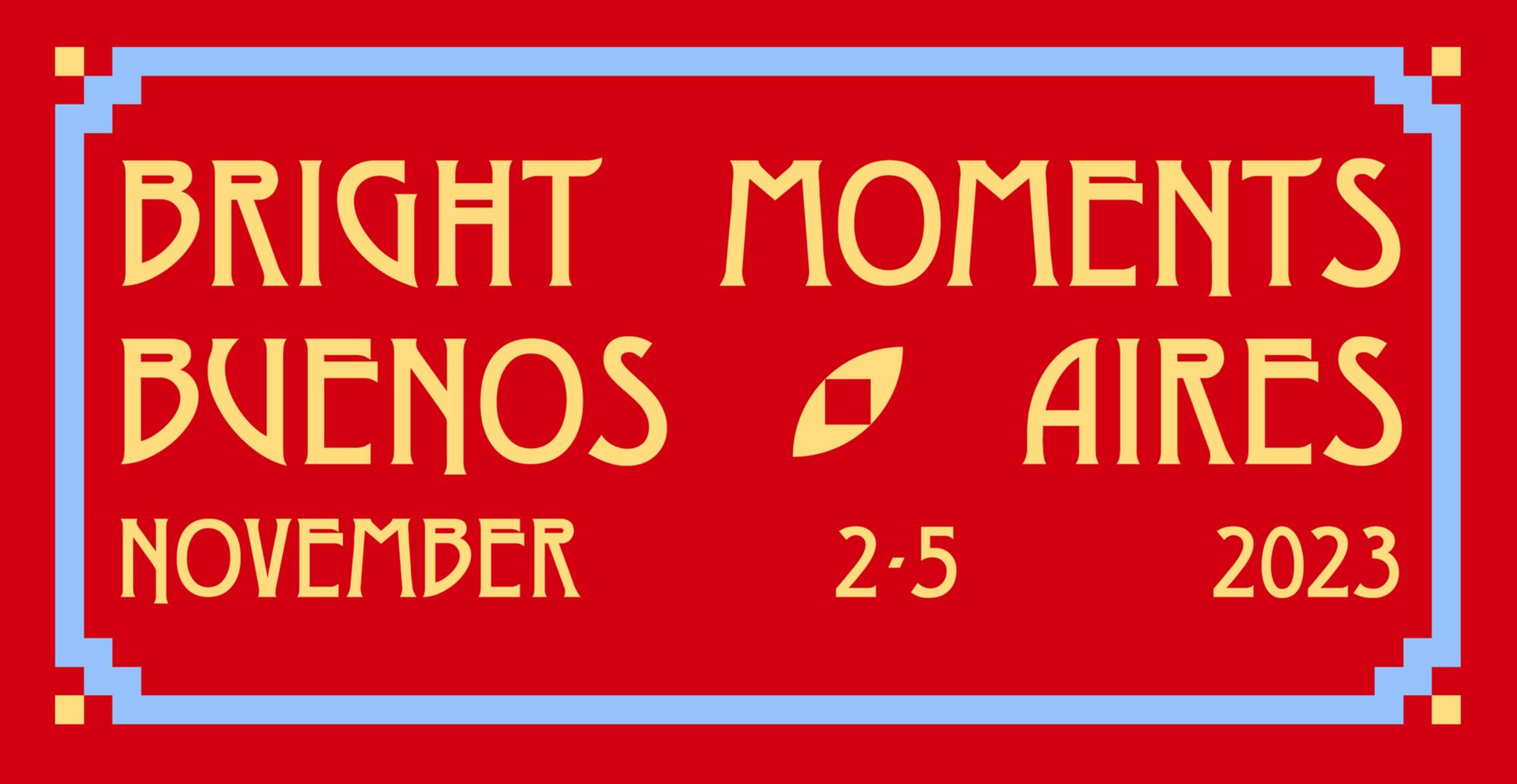
They've got an impressive lineup of people for the workshops and talks, if you're currently over there you might want to check it out (not sure about the details for participating) - we'll certainly be seeing more of it on Twitter in the coming days!
What's also exciting is the fx(hash) powered live-minting event - one stand out piece that I've come across a couple of times on social media already is Kali's COSMIK:
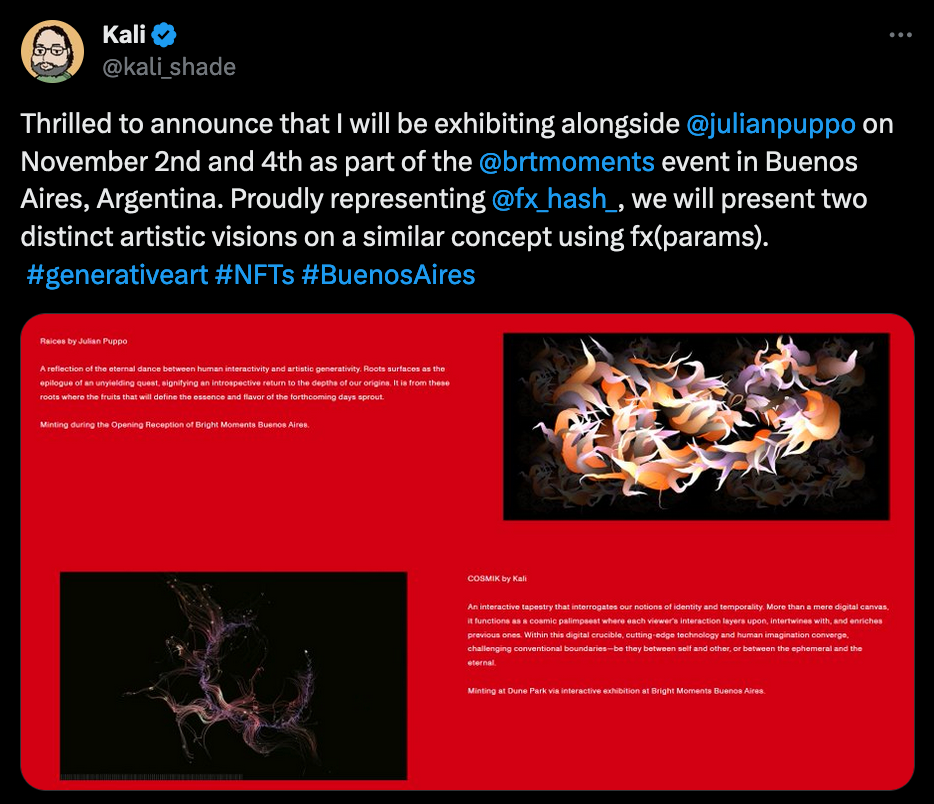
Live-minting basically means that you can mint a generative fx(hash) token right on the spot at the venue, which became much more exciting with fx(params) that allows collectors to configure their own individual outputs. Kali's piece takes this further by being a hands-on interactive piece where the collector can draw sprawling neon shapes directly onto a gigantic canvas - here's a demo posted by Kali himself:
Also check out Julian Puppo's piece that takes a similar approach to parametrized live-minting:
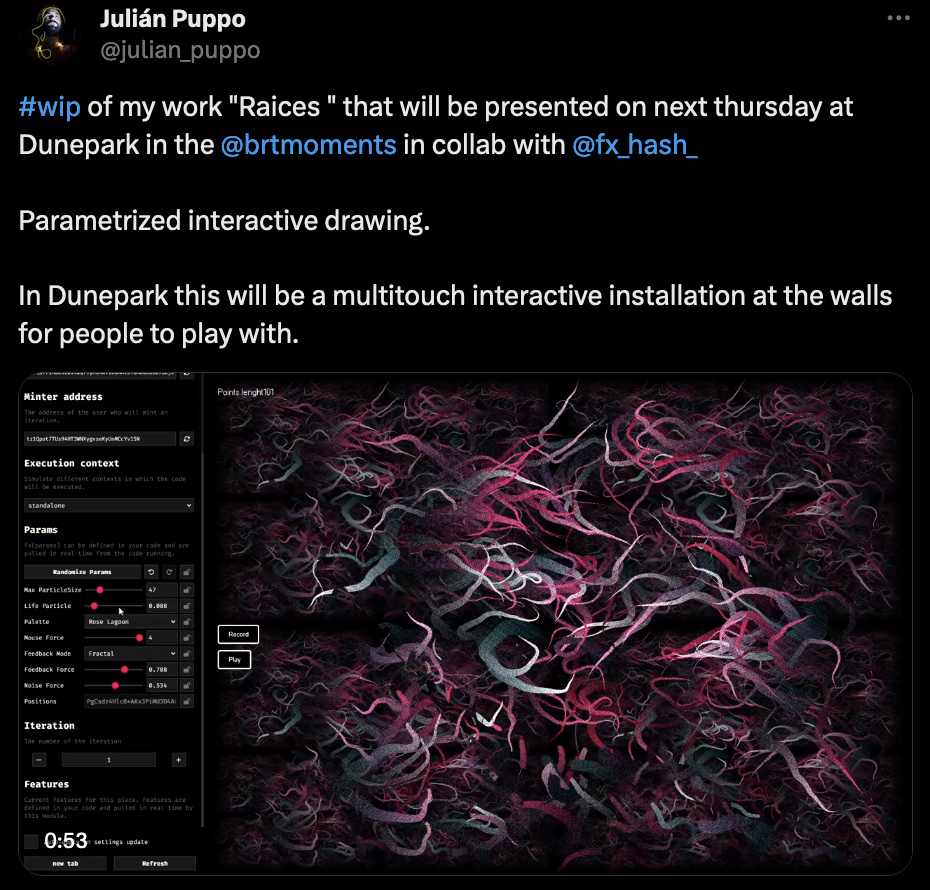
fxhackathon winners announcement
Aand while we're talking about fx(hash) - they recently announced the winners of the fx(hackathon) that ran for quite a while and brought force quite a few super innovative pieces of generative art:
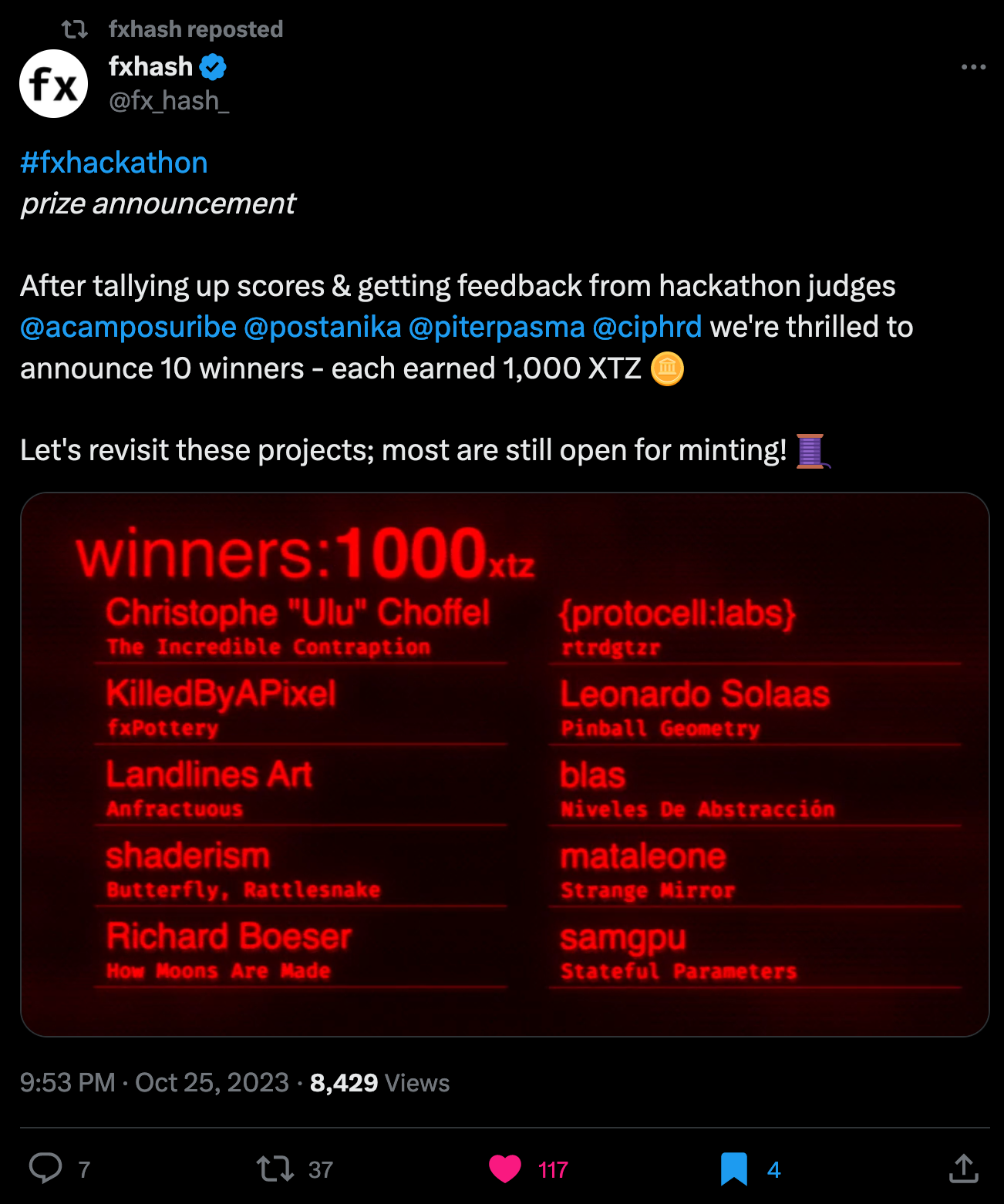
What's more is that we'll also get a closer look at each one of the projects in the coming weeks with some commentary by the judges - really excited for that:
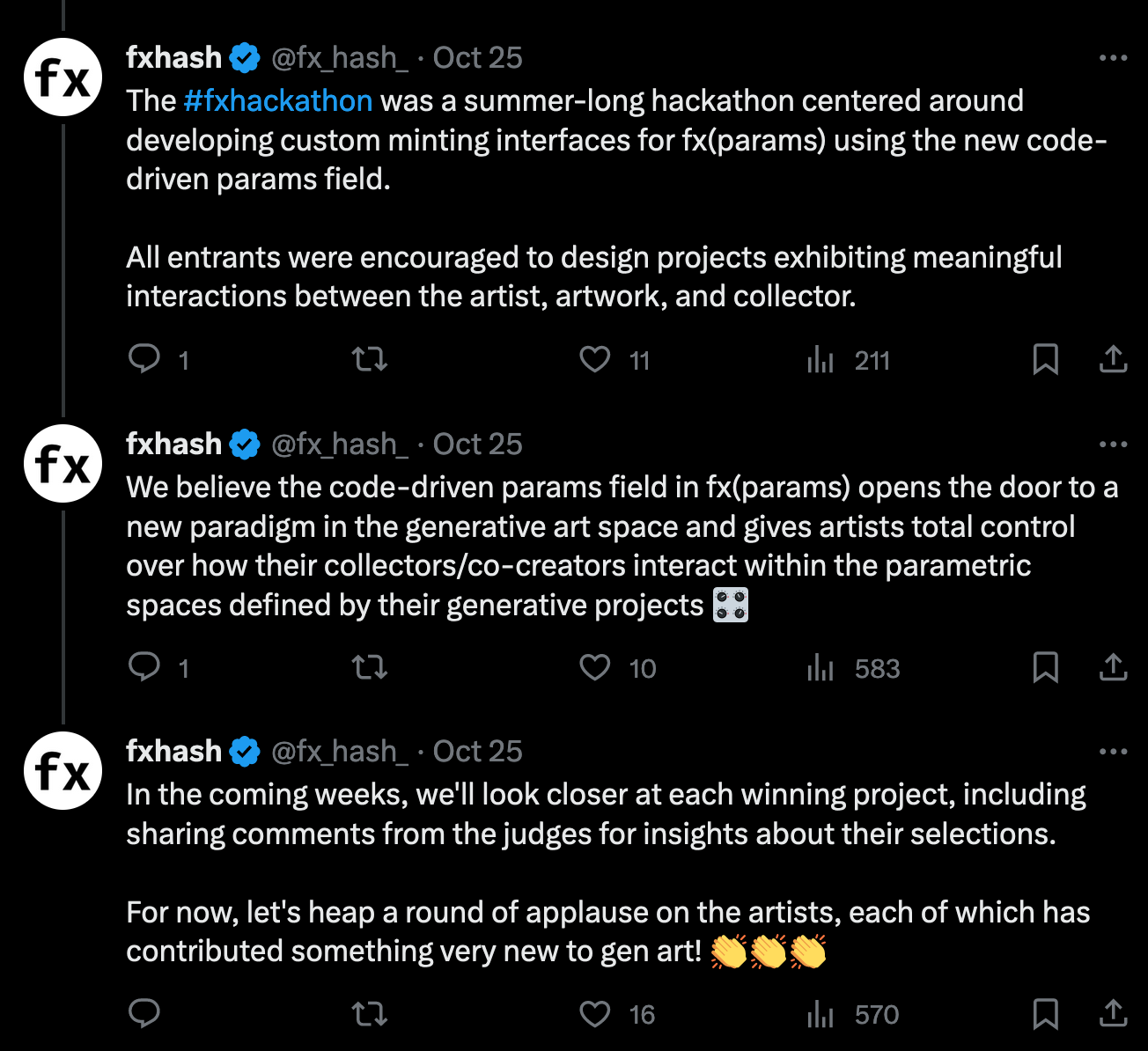
I have yet to experiment with code-driven parameters, but some ideas are already cooking.
Processing Community Day Belgrade
In a different part of the world - the creative coding Avengers assembled for the Processing Community day in Belgrade. You're probably already familiar with them as they've had multiple cameos throughout the past newsletter issues and other articles on the blog:
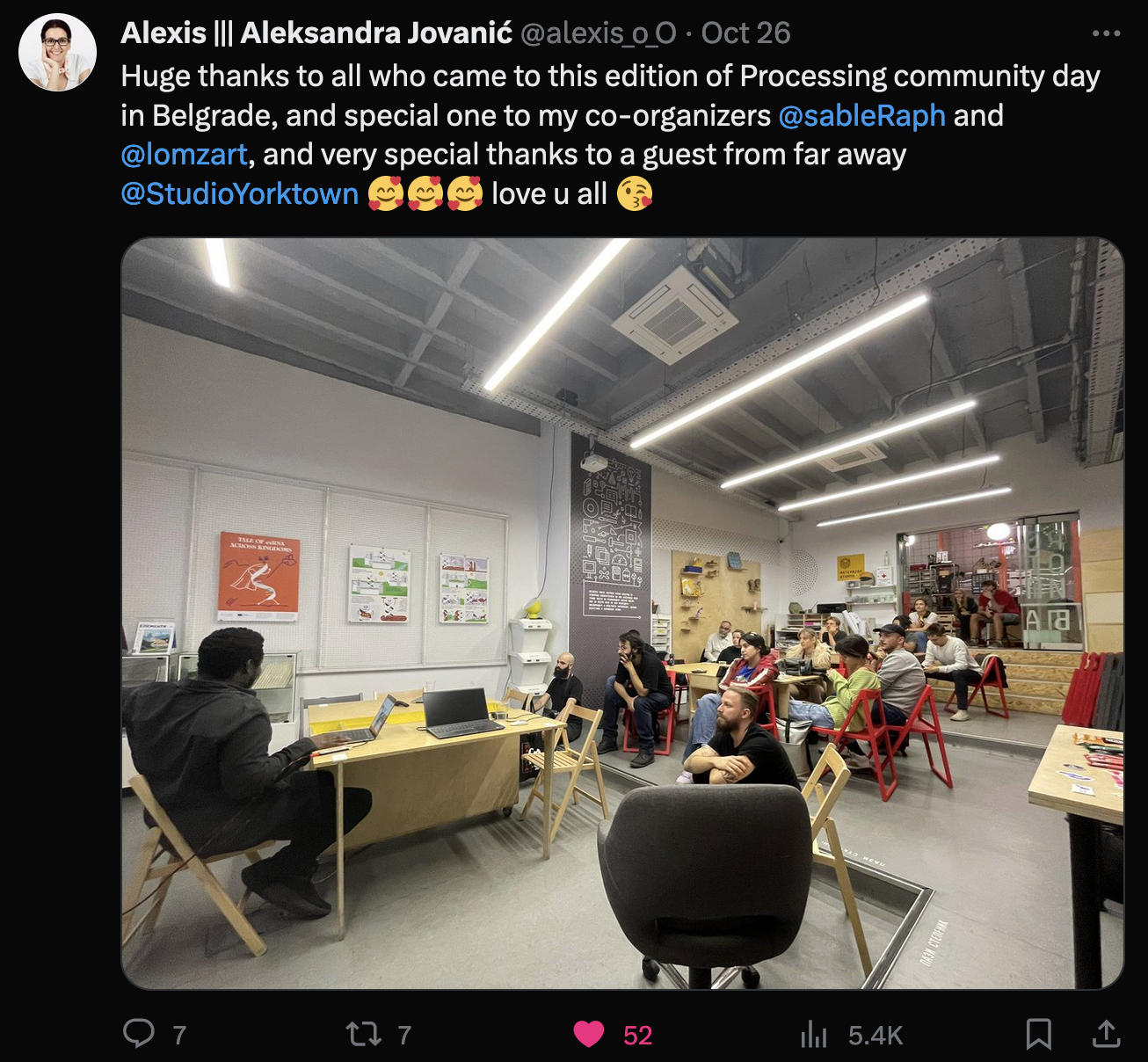
Graph 2.0 by Feral File
And if Aleksandra hasn't been up to enough shenanigans yet - she's also taking part in Feral File's +GRAPH a sequel to 2022's -GRAPH, a group show that primarily revolves around plotter based pieces:
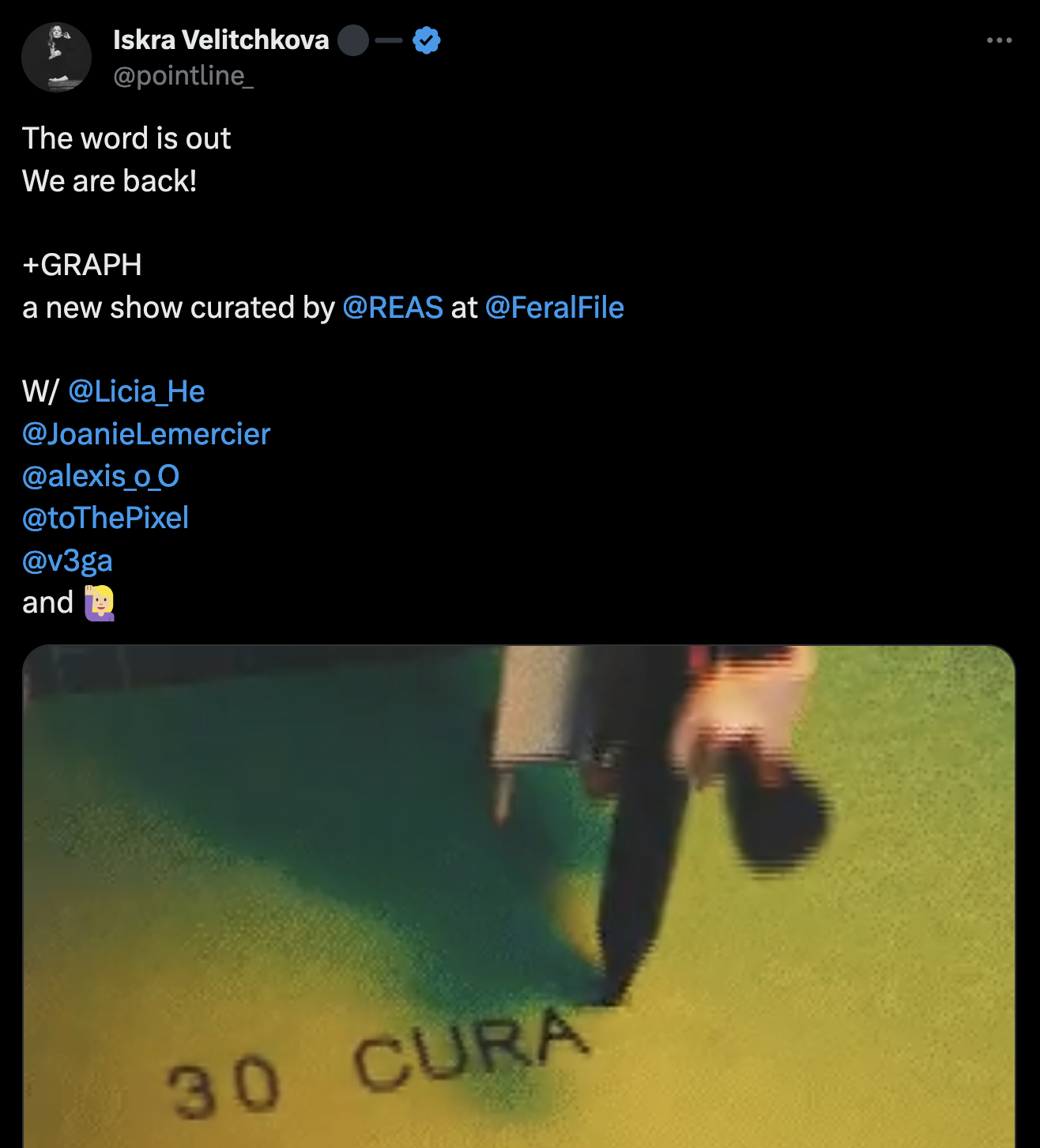
The lineup is definitely something to look forward to. Some of the artists have already made some teasers for the pieces that will be part of the final curation:
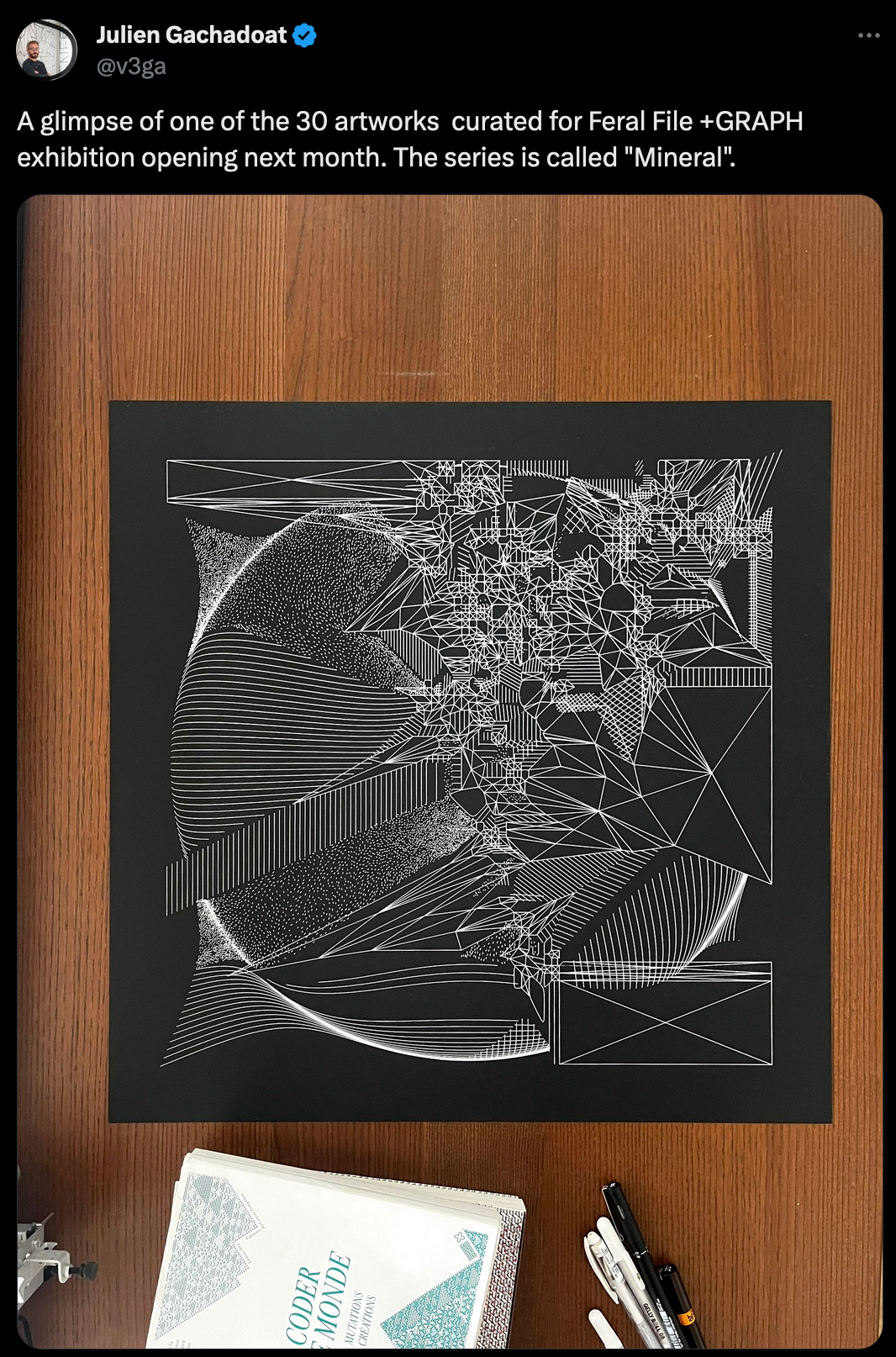
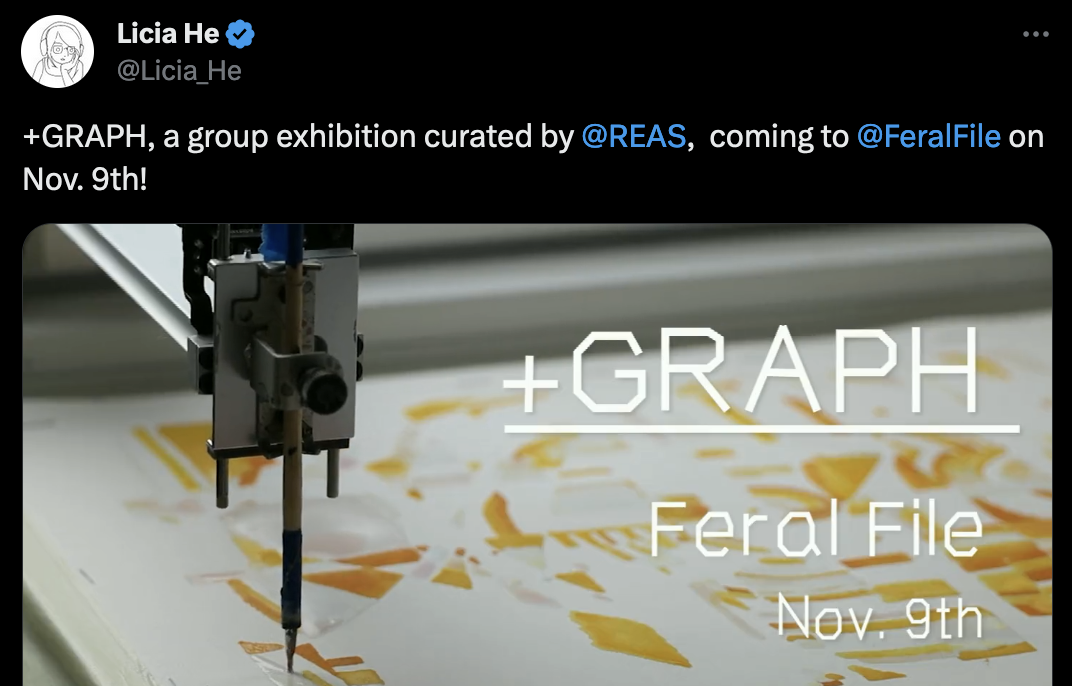
While looking into it I also came across this tweet by Licia He in which she points towards some resources for learning how to use plotters - especially for the purpose of water color drawings, one being an interview with her from 2020:
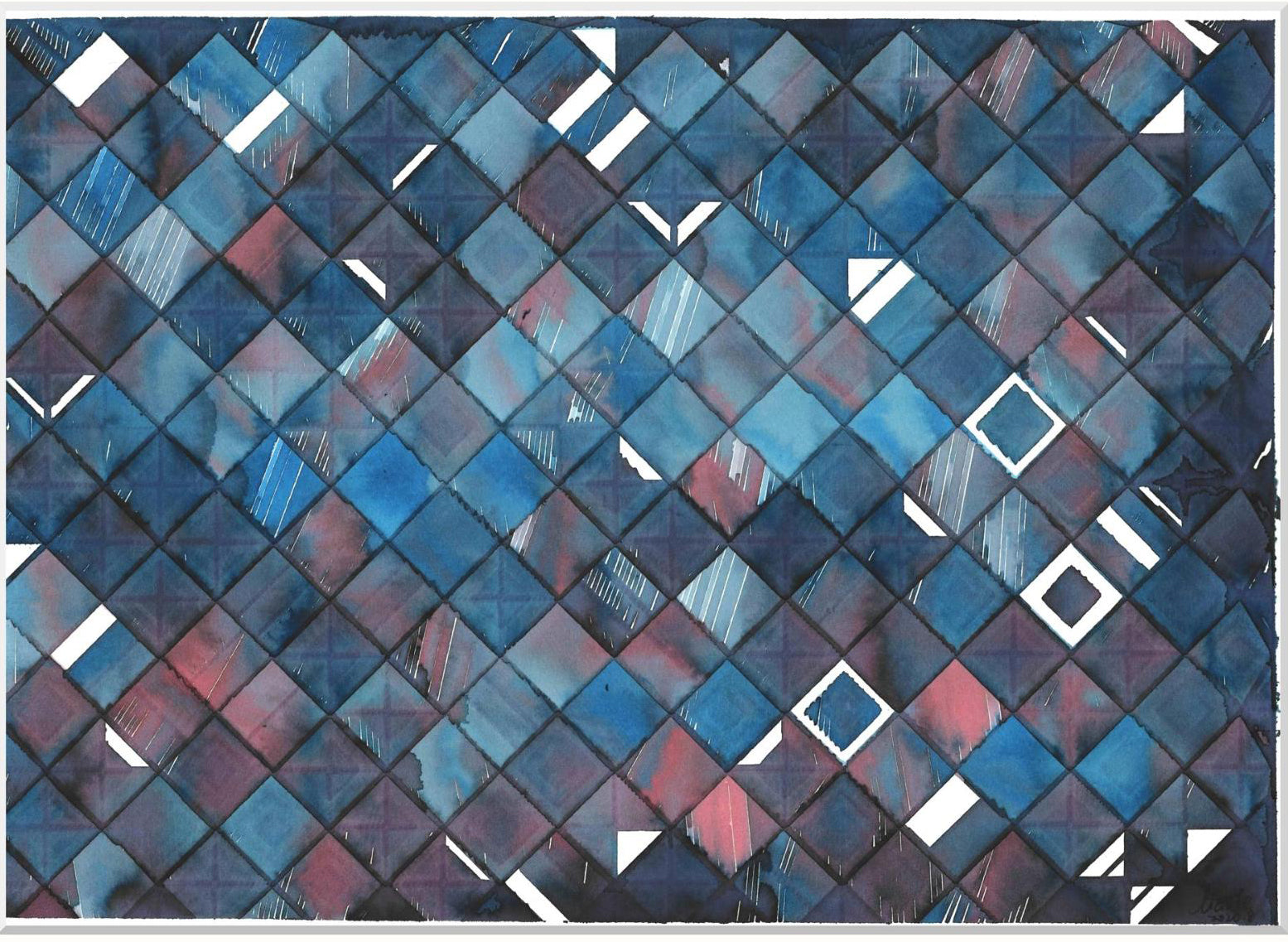
And another by Lars Wander on watercolor pen plots:
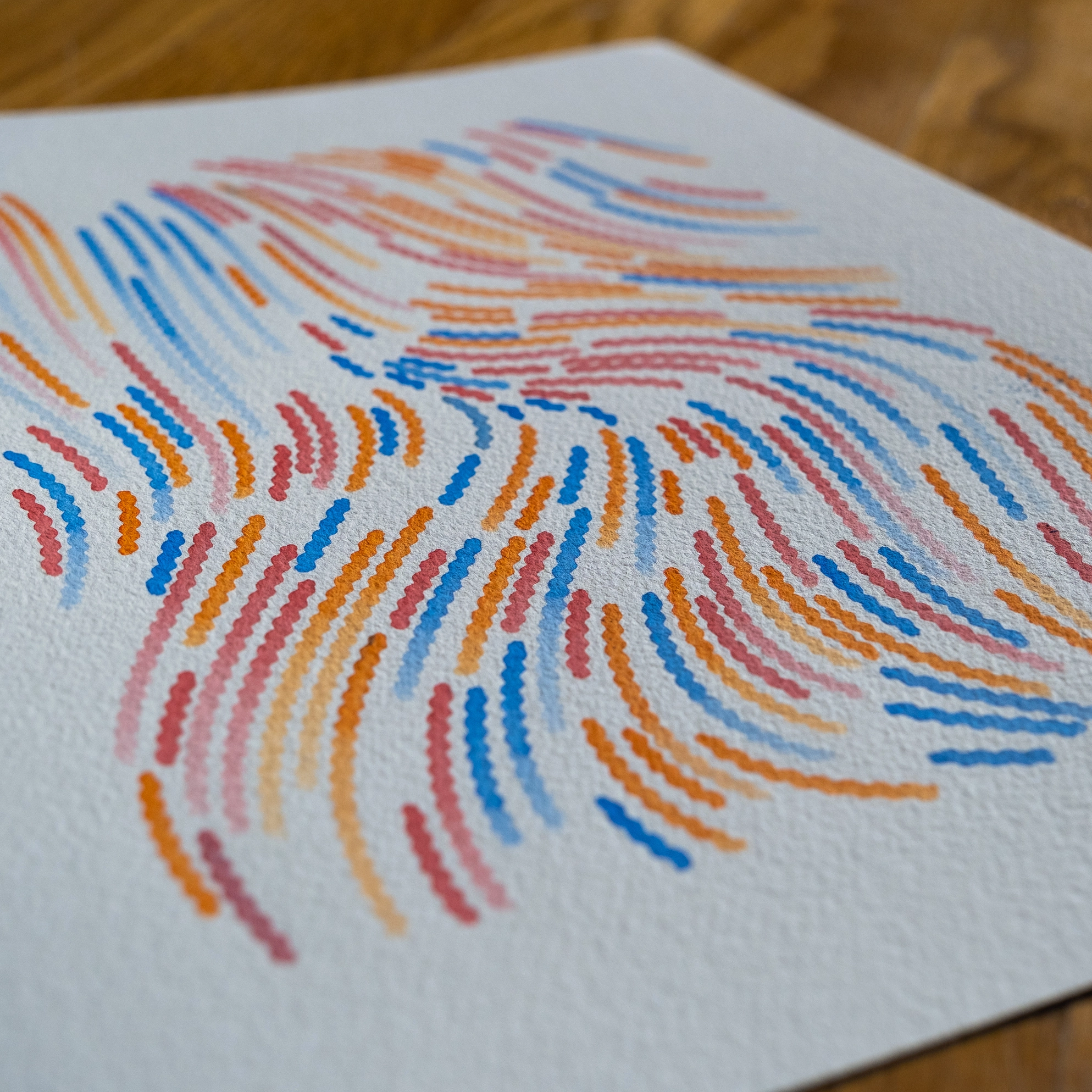
Lars Wander on making watercolor pen plots.
Anna Carreras on Spanish mainstream TV
Anna Carreras shared a clip ffrom Spanish mainstream TV in which she tlaks about generative art, and it's a really lovely watch - she added English subtitles to follow along:
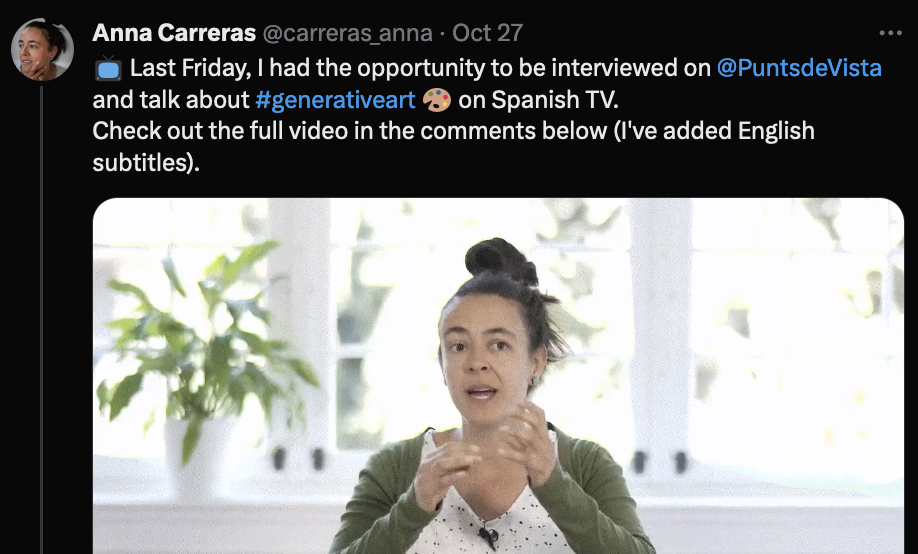
We need more video content like this about generative art, the scene still largely exists in a Twitter bubble, with other small communities dispersed across the internet. I think that would be one of the strongest ways to reach a wider audience.
Face-tracking Shenanigans
After sharing Steve's Makerspace posenet physics shenaningans - I coincidentally came across a couple of works that make use of face tracking for creative applications - one by the OG Golan Levin:
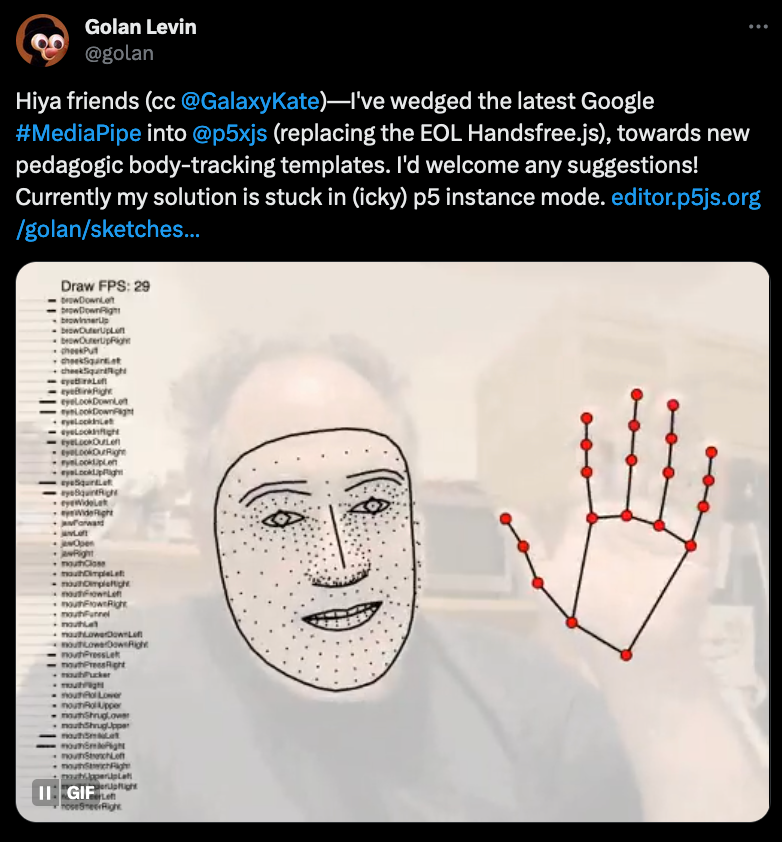
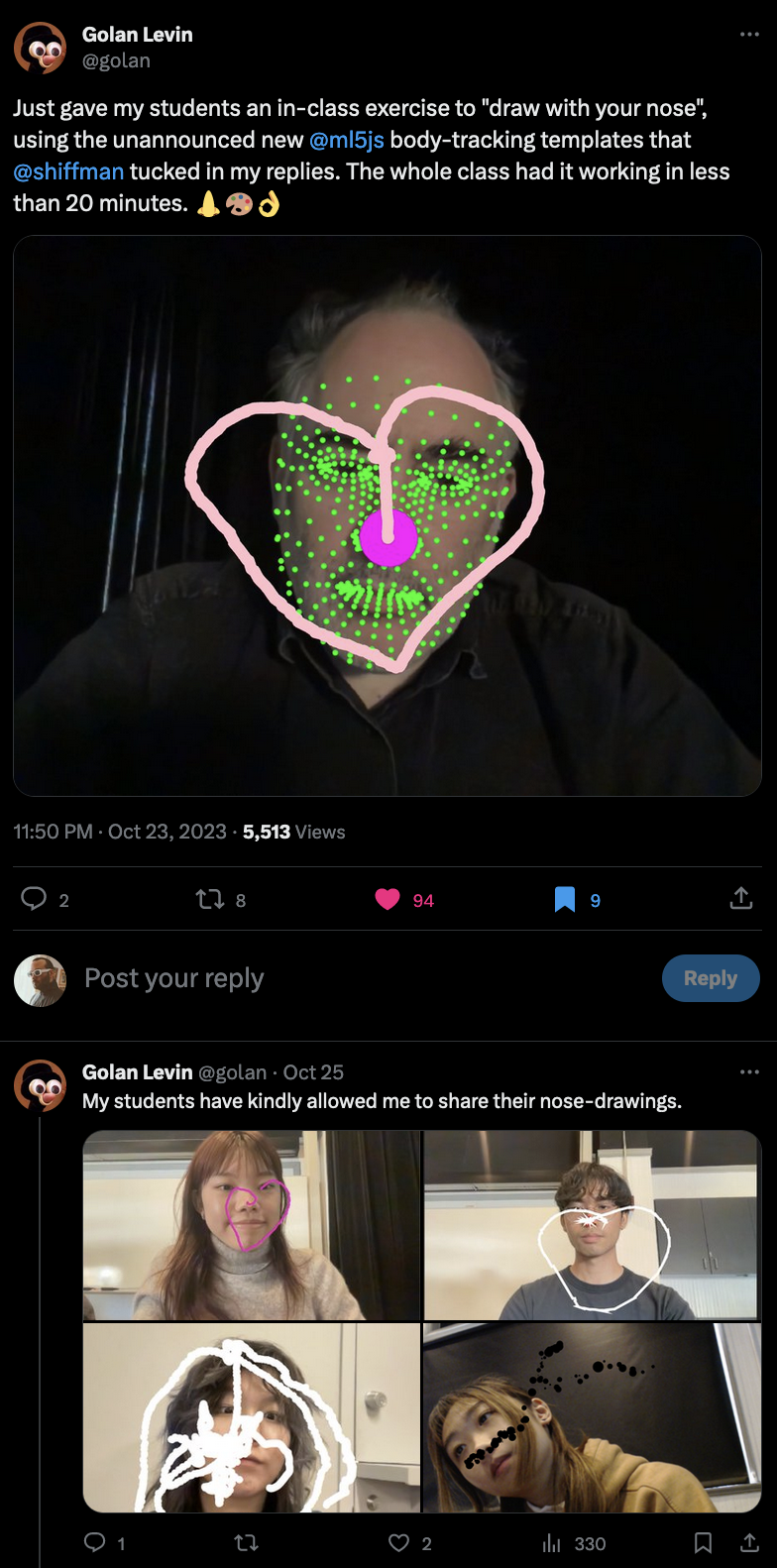
Link to Tweet | Daniel Schiffman links to another template in the replies of the tweet that uses ml5 for this purpose. If you want to experiment, that's your starting point.
At the same time Yiwen Lin has also been experimenting with face tracking:
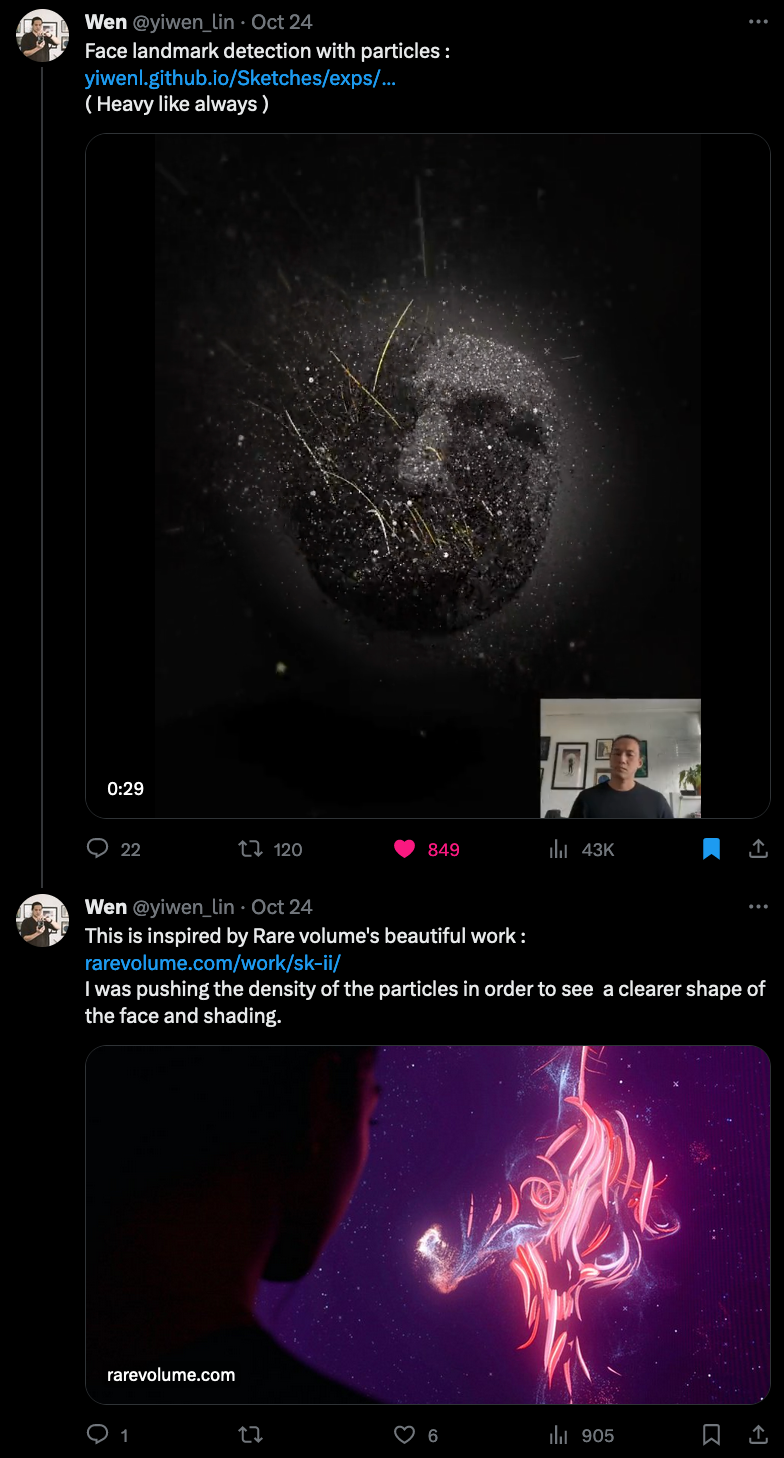
He was inspired by Rare Volumes interactive portrait installations:
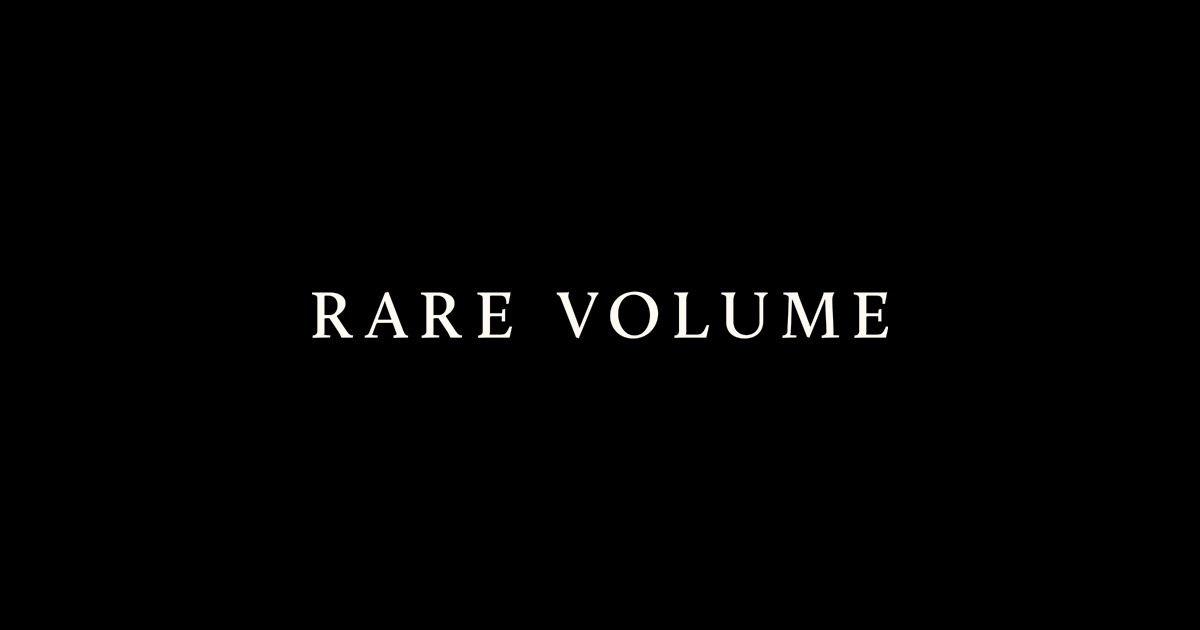
P5JS New Version Release
And to close off this week's generative art news we also get a new version of P5 with quite a few new features:
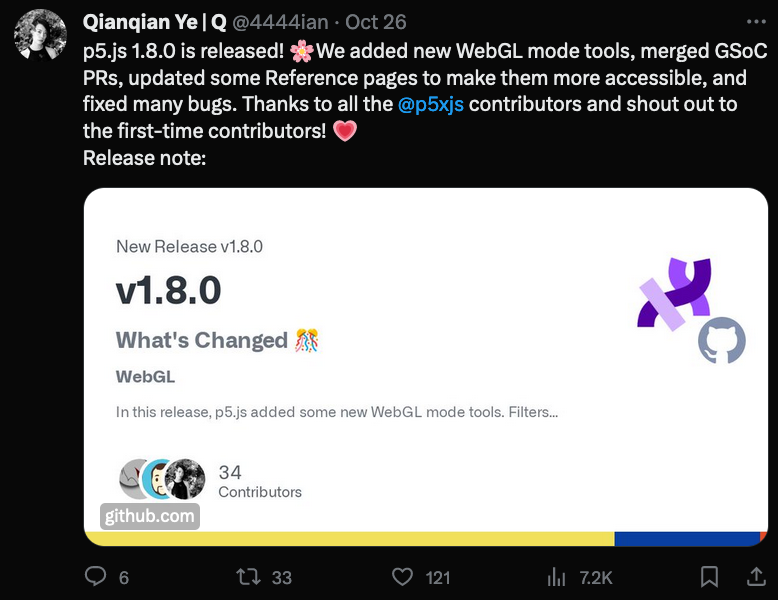
Shoutout from Anna
A couple of weeks ago I did an interview with Anna - the prolific NFT collector that's made it her mission to support as many artists as possible in the Tezos NFT and generative art space - if you haven't read that post yet, here's a link:
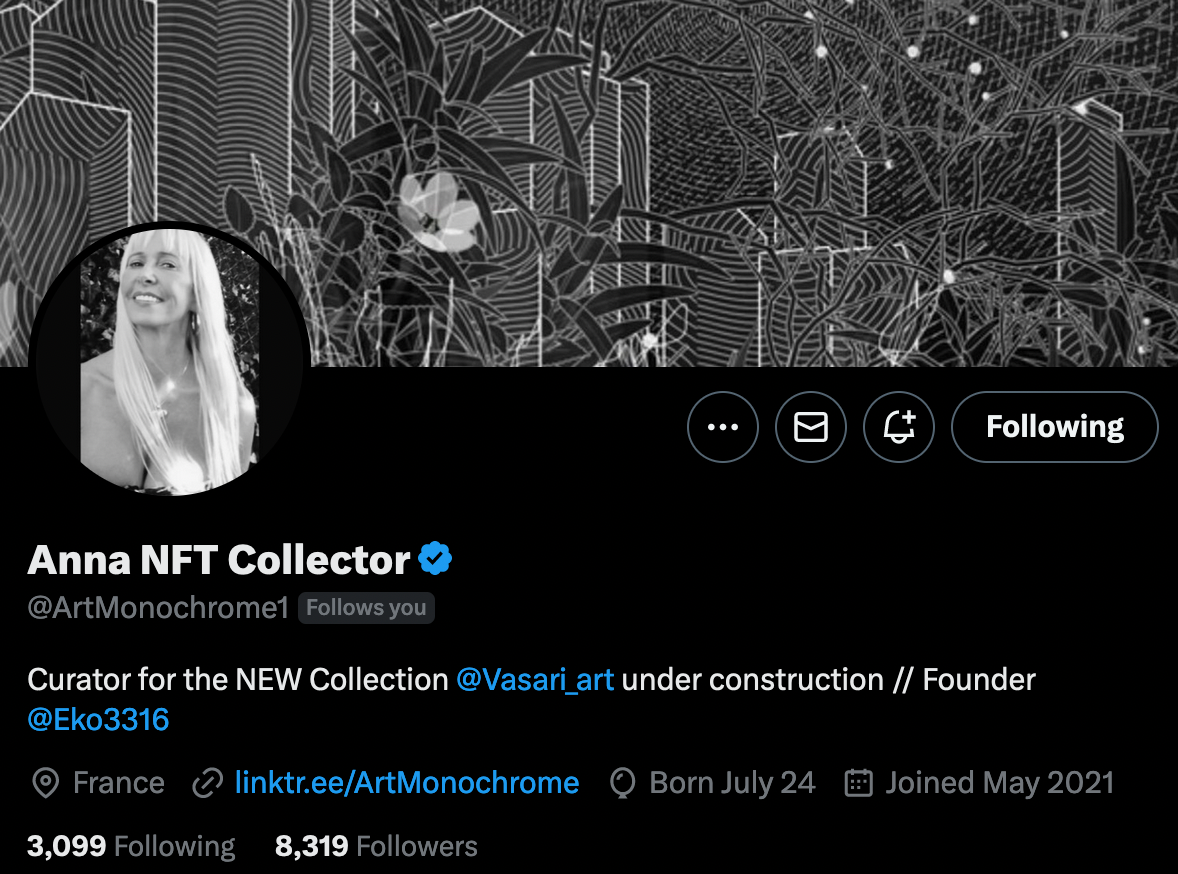
Last week she honored me with a post in her biography series where she regularly gives shoutouts to content creators in the space - and I was honestly flattered by the response to the post and the kind words that people left in the replies:
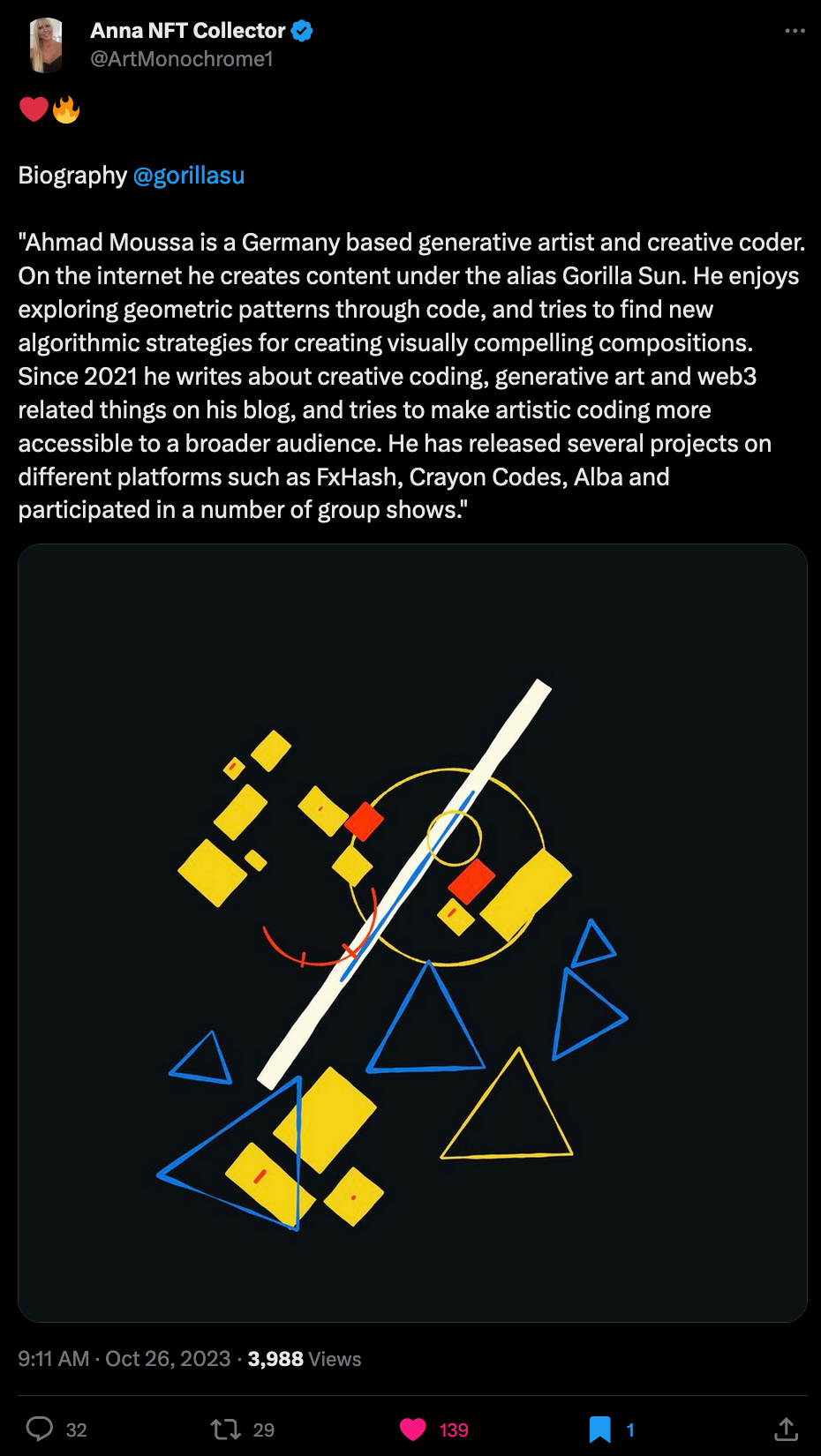
Thank you Anna for the contributions you do to the space!
Weekly Web Finds
The Internet Archive by Neal Agarwal
After breaking the internet with his (impossible) password game, Neal Agarwal is back with another super cool webpage - this time he presents notable moments of internet history by presenting certain artifacts that have remained over the years:
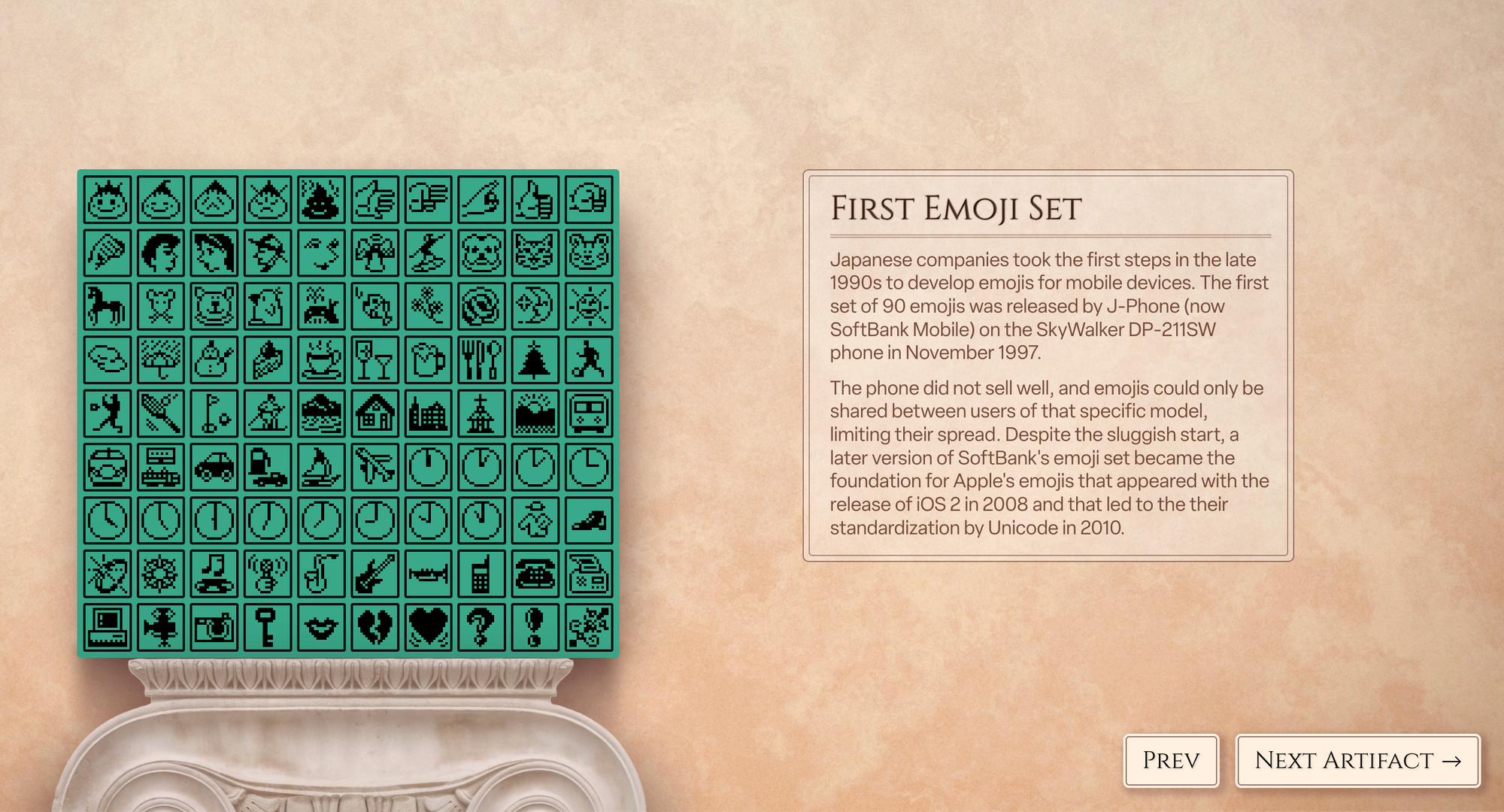
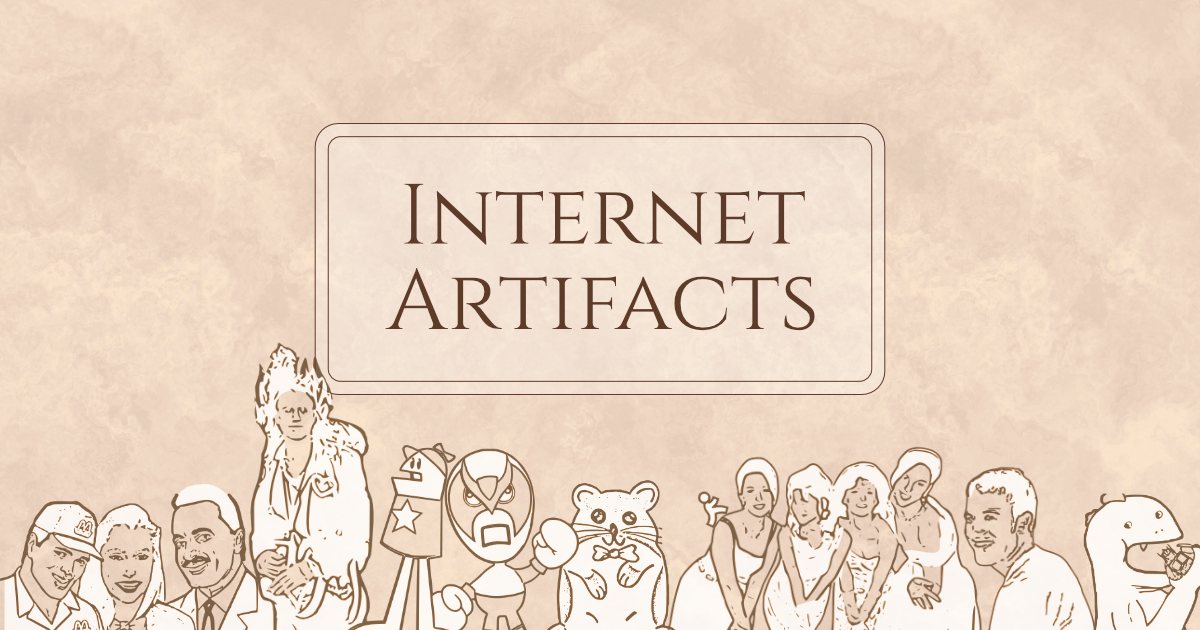
Starting from the first spam email, to early web photos and gnarly webcams, up until the Impossible Quiz in 2007 - it's a whirlwind tour of nostalgia. I definitely had a bunch of fun going through the entries and learning something new along the way as well. If you have a couple of minutes check it out.
Neal Agarwal's projects make the internet a better place.
The 5 Levels of Readable Code
After sharing an article titled On the importance of Naming in Programming last week - in which Martin Sosic argues that readable code boils down to choosing meaningful variable and function names - I went down a little bit of a rabbit hole on code readability when I came across another article that presents a different approach to evaluating code readability:

Carlos Schultz proposes an objective model that divides code readability into 5 tiers of complexity - starting from the basics, like using meaningful names for your variables and functions, to more abstract concepts,
I can't necessarily say that it's a good or bad framework - Schultz points out towards the end that the article is meant as a conversation starter in any case. I knew that code readability was a big topic - what I wasn't aware of were the vastly different opinions on the subject matter and that there's so many different approaches to framing the problem - for instance, I also found an interesting article by Typical Programmer back from 2018 titled 'What does code readability mean' that tries to get to the root of the problem:
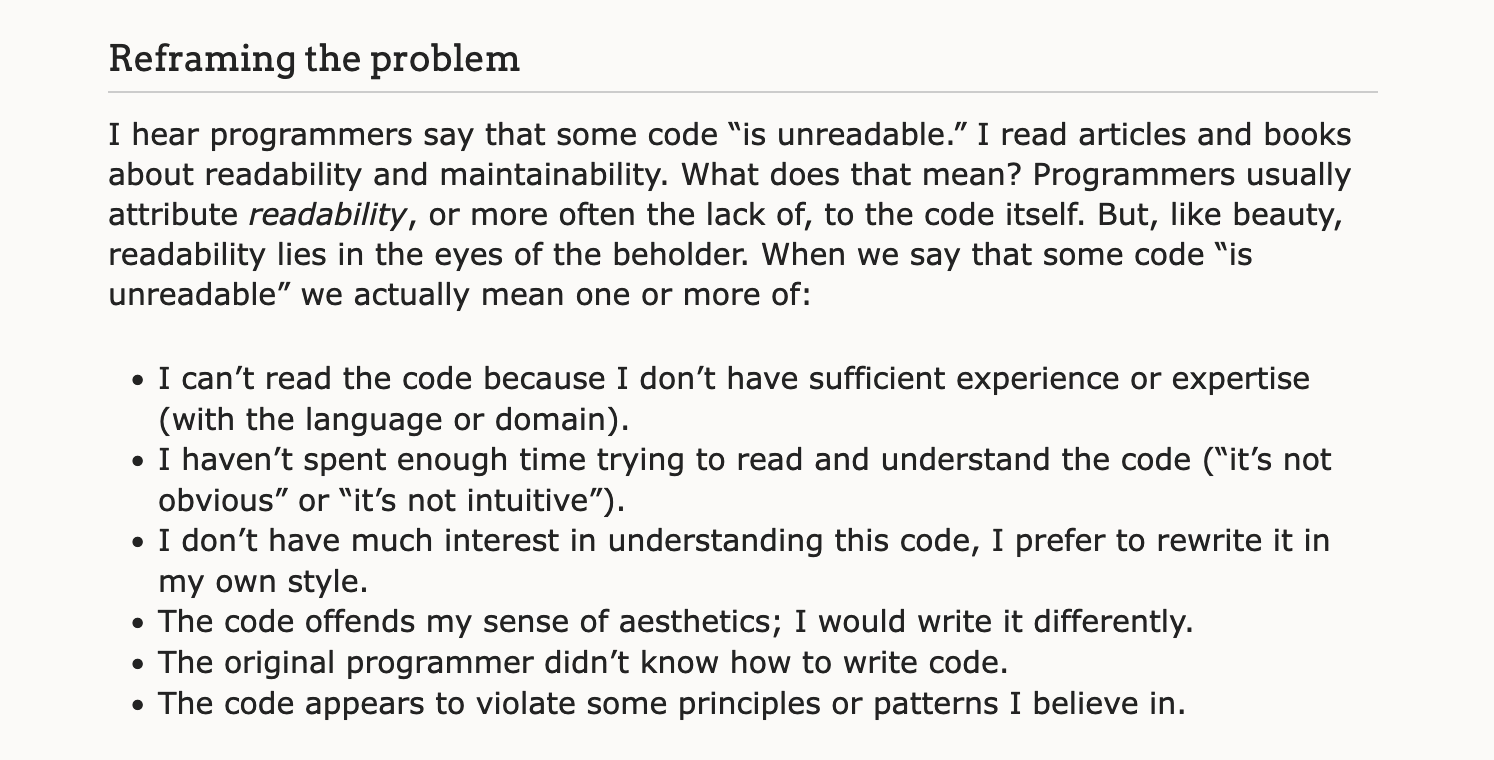
I'm not currently involved in any larger code projects - except my own endeavors, which can hardly be called large code projects - but I do run into the issue of unreadable code, especially when I'm trying to read a piece of code that I've written some time ago. Usually the more time goes by the more unreadable it becomes 😅
One thing that I found enlightening from Schultz's article is the notion of 'magic numbers' that I often succumb. Magic numbers are basically hard coded numeric values in the code that aren't descriptive in any manner:

Carlos Schultz has written a number of other posts on the topic that I also found interesting if you want to check them out for yourself:
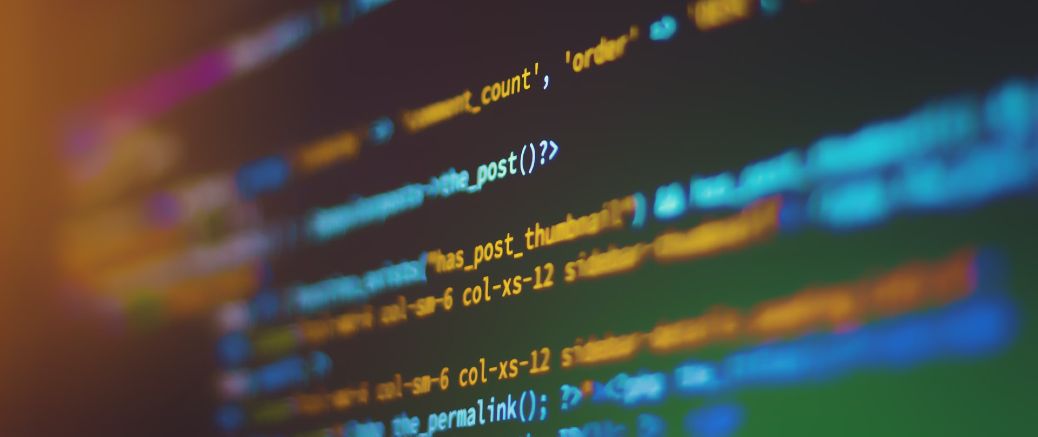
So it seems that code readability is a bit of meta science that definitely tickles my nerd fancy - but then again I don't know if readability really matters that much when it comes to creative coding and generative art, if you're not collaborating with someone else.
The Economics of Porgramming Languages
How do programming languages come to be? Who are the people that create programming languages? Why do they make programming languages? And most importantly - how do they fund their endeavors?
All of this is addressed in another stellar talk from Strange Loop 2023 is by Evan Czaplicki, creator of the Elm programming language, in which he talks about the Economics of creating a programming language and the hardships of it:
AI Corner
Data Poisoning generative Image Models
Nighshade has made the headline of quite a few major news sites in the past week - it's a new tool that allows artists to add invisible changes to the pixels of their artworks which could potentially be detrimental to generative image models if they're fed in as training data:
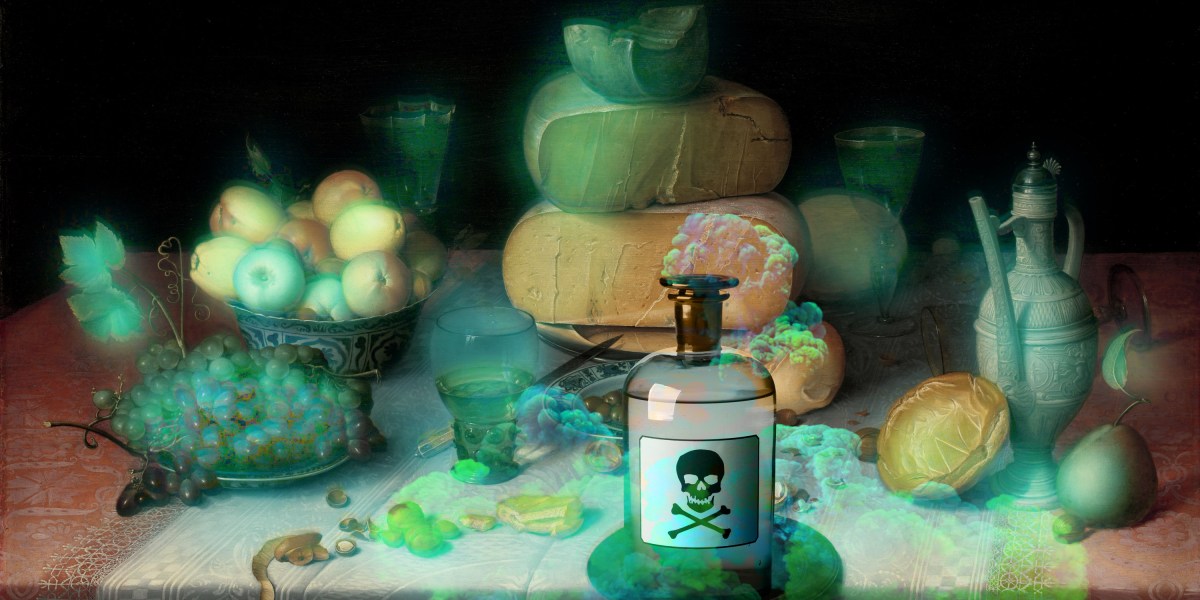
This is mainly aimed at generative text to image models - the technique that makes this poisoning attack possible is apparently called an adversarial perturbation - and as far as I understand aims at confusing the generative model in such a manner that it can't differentiate between different things with clear certainty anymore:
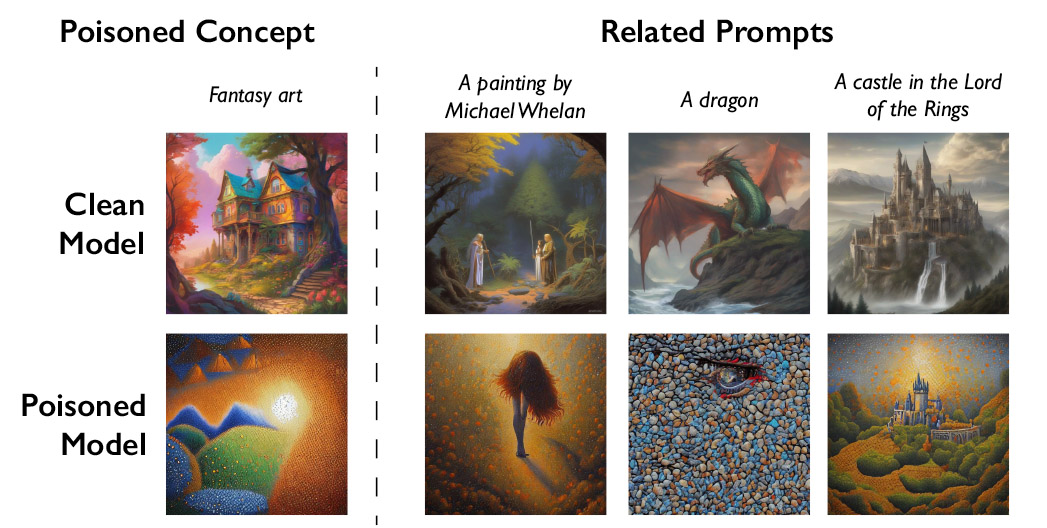
Essentially asking for an image of a dragon would then simply lead to colorful pixel mess. The authors state:
We show that a moderate number of Nightshade attacks can destabilize general features in a text-to-image generative model, effectively disabling its ability to generate meaningful images.
I'm not entirely certain if this is related to the one pixel attack that I shared in a previous issue of the newsletter. Although it's a cool idea, I'm not entirely convinced of the efficacy of this - my hunch is that researchers at the companies behind the generative image models probably have means to detect this kind of tampering.
Managing AI Risks by Geoffrey Hinton
Geoffrey Hinton has been a strong proponent of AI regulations in recent years with the big strides that have been made in the field. On Twitter he announces a new paper, titled Managing AI Risks in an Era of Rapid Progress:
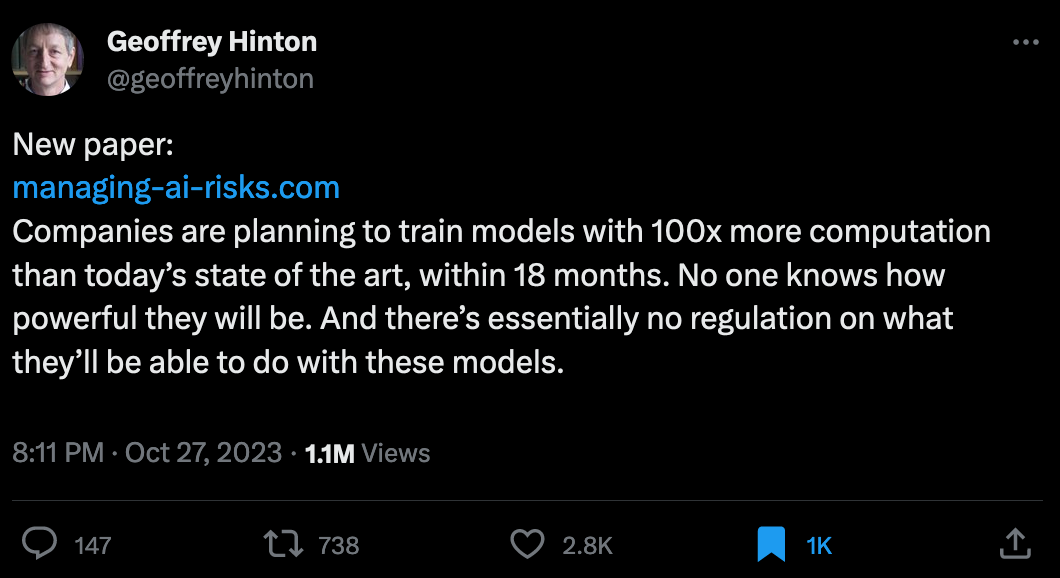
In this short consensus paper, we outline risks from upcoming, advanced AI systems. We examine large-scale social harms and malicious uses, as well as an irreversible loss of human control over autonomous AI systems. In light of rapid and continuing AI progress, we propose urgent priorities for AI R&D and governance.
Andreessen's Techno Optimist Manifesto
The Andressen saga resumes - he is back with another piece of writing titled Techno Optimist Manifesto:
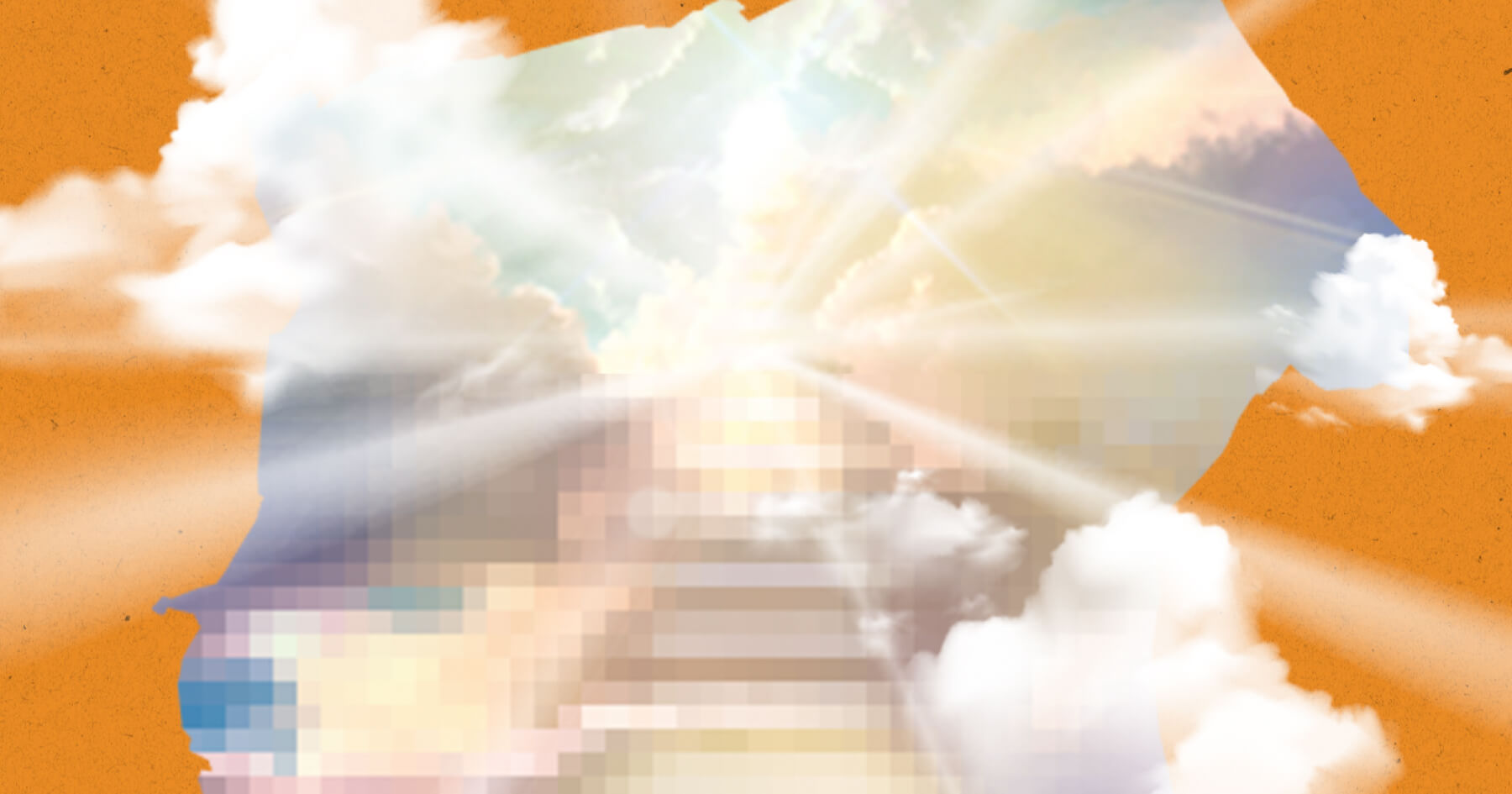
If you've followed the newsletter for a while you probably know my thoughts on this.
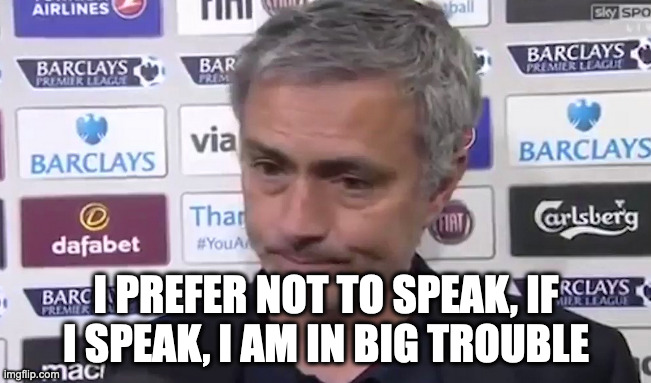
Gorilla Updates
You've already seen the sketch in the header - a continued endeavor from last week, in which I combine domain warping with grid like structures:
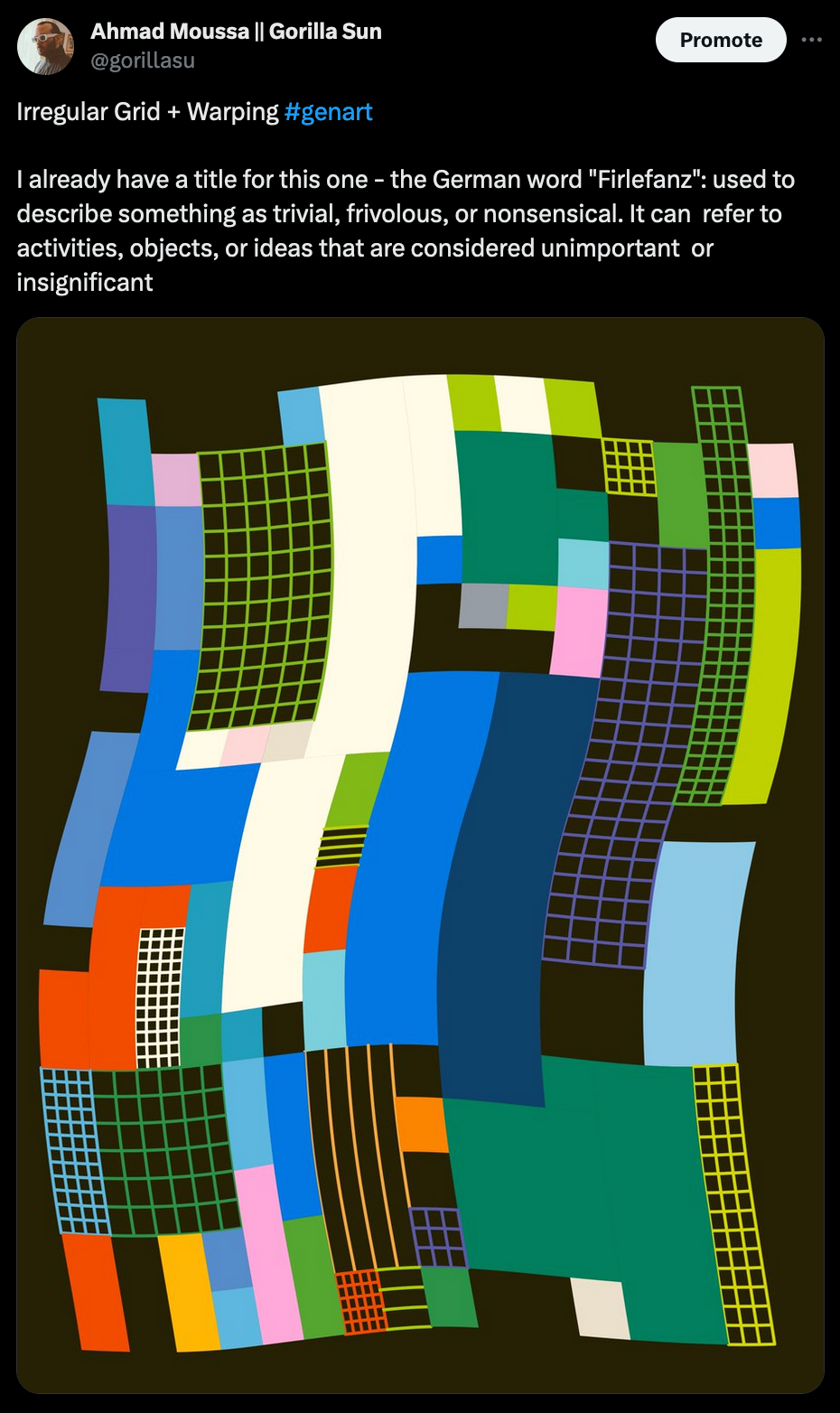
I took this a bit further by making the individual rectangles more interesting, breaking them up into smaller parts and interpolating between colors:
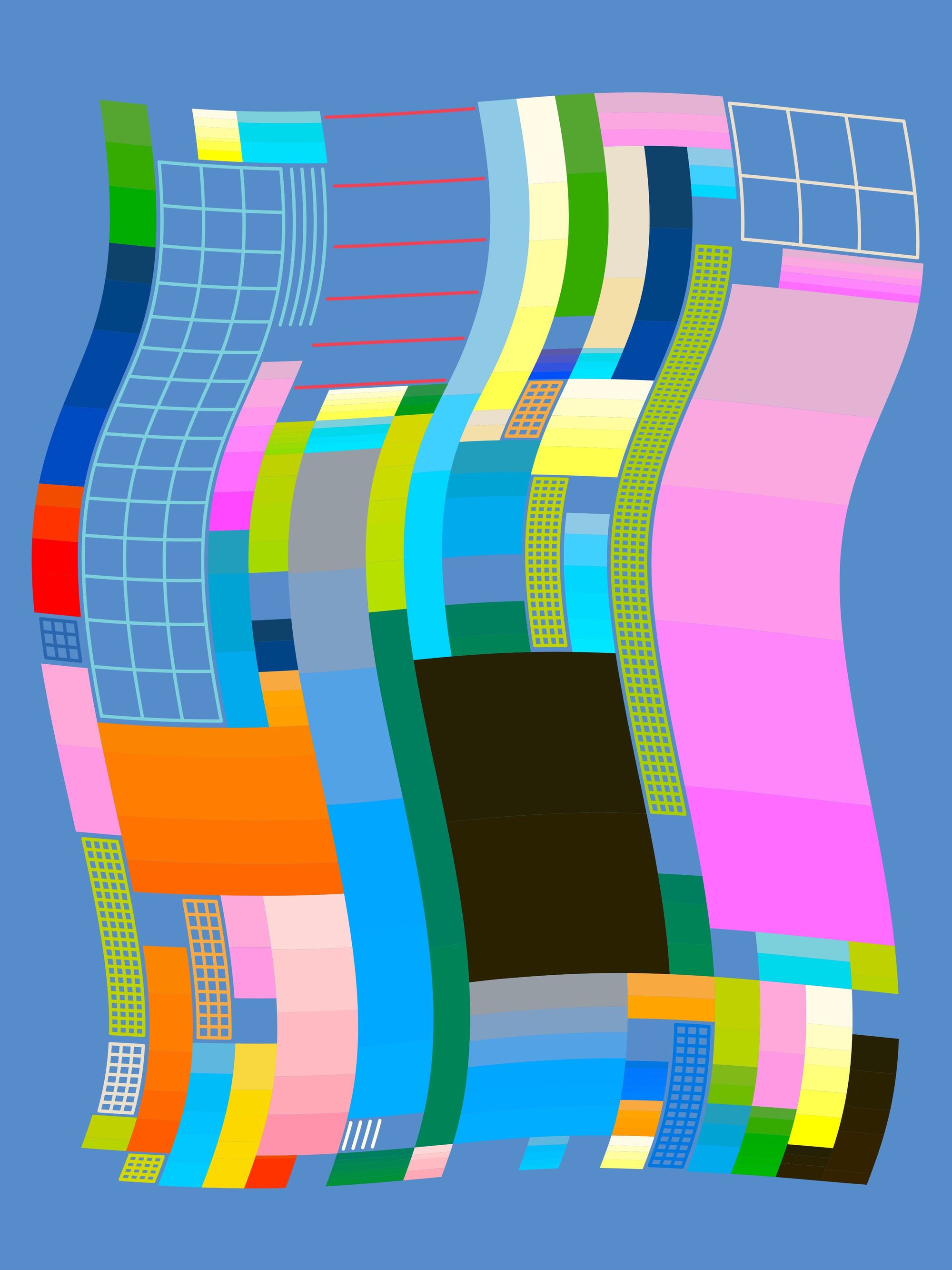
Left without grain, right with grain.
And I'm really happy with how it turned out - it feels very retro in some way and at the same time also feels very Gorilla Sun. And although I feel very confident about the compositions and aesthetic, I'm again at a point where I'm not entirely certain if I should go with the grainy route or not. Thoughts? And that's about as much sketching I could get in this week.
Music for Coding
Seth Haley makes music under the alias of 'Com Truise' - a spoonerism of the of the name of American actor Tom Cruise. Com Truise makes his debut in 2010 with his release title Cyanide Sisters; previously having made music under other pseudonyms, it was the Com Truise project that started to generate buzz - later signing with the famous electronic label Ghostly International.
Another artist that has a completely unique sound - Com Truise makes heavy use of retro-futuristic, synth driven, elements to create lush sonic tapestries with a nostalgic charm, that never fail to transport me into a different era:
“I think the main thing that separates me from some of my peers is that I didn’t necessarily want to sound like I was writing ’80s music. I wanted to take the technology used in that decade and try to make something new with it.” — Com Truise
And that's it from me this week again, while I'm jamming out to some Com Truise I bid my farewells.
Hope this caught you up a little bit with the events in the world of generative art, tech and AI of the past week! And I hope you have a lovely rest of the day and a great start into the week - I definitely am!
If you enjoyed it, consider sharing it with your friends, followers and family - more eyeballs/interactions/engagement helps tremendously - it lets the algorithm know that this is good content. If you've read this far, thanks a million!
Otherwise - Cheers, happy sketching, and see you in the next one - Gorilla Sun 🌸
